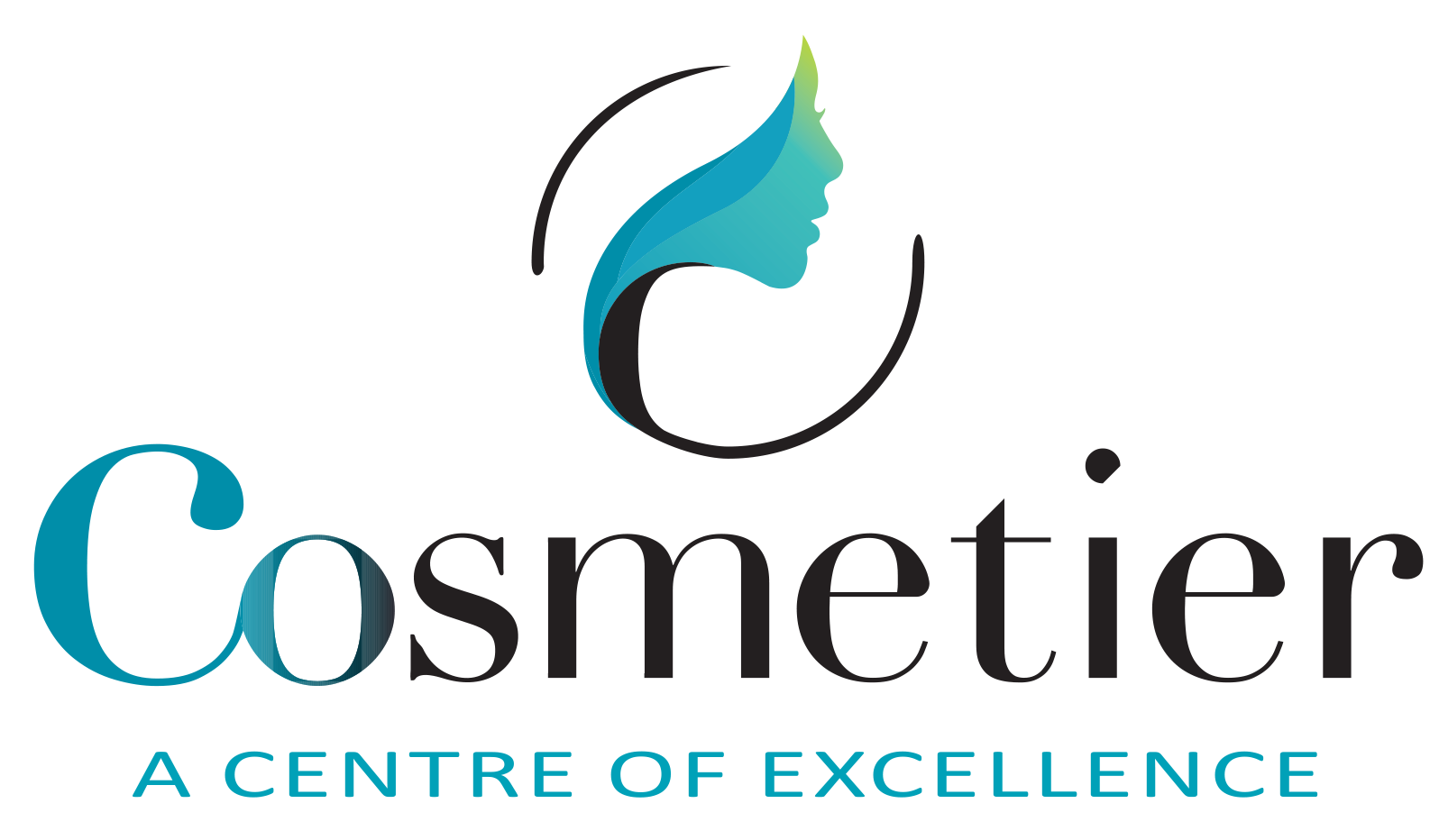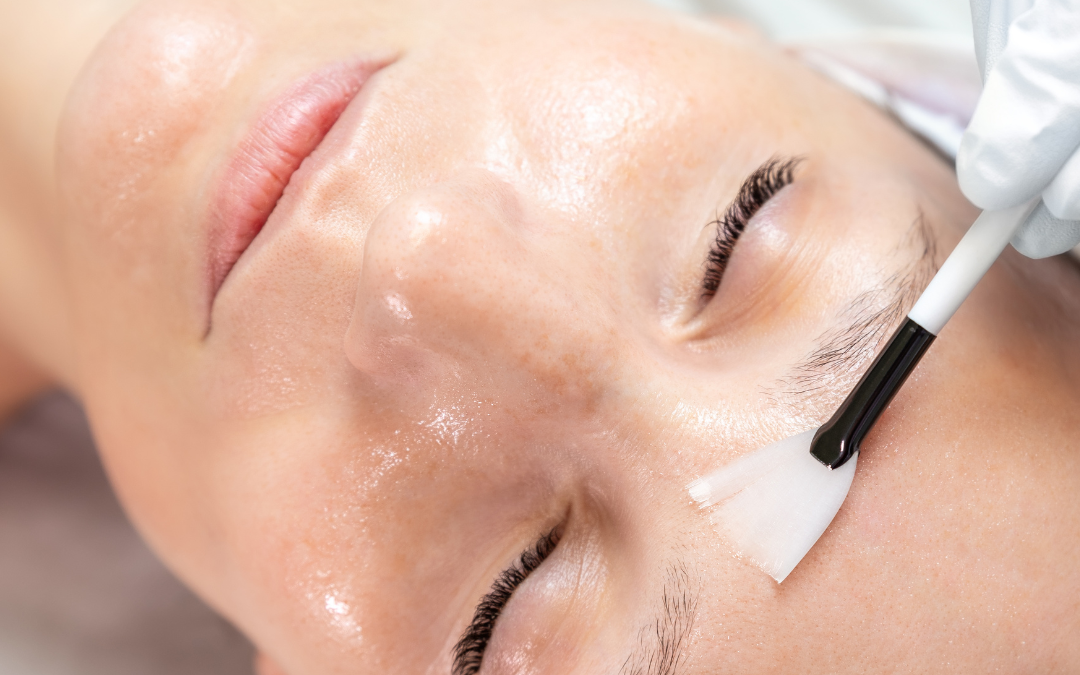Hi, Dr. Rachna Sharma here from Cosmetier, where I’m dedicated to enhancing natural beauty and boosting self-confidence through advanced skincare solutions. Today, let’s delve into the fascinating realm of chemical peels, an effective treatment modality that can breathe new life into your skin.
Understanding the Mechanism of Chemical Peels
Chemical peels harness the power of chemical or enzymatic exfoliants to gently remove the top layers of your skin, using controlled trauma to the epidermis and/or dermis cells. This process triggers your skin’s natural healing response, prompting increased cell growth and the regeneration of fresh, healthy skin layers. As a result, you’ll notice a visible improvement in skin texture, tone, and overall radiance.
Chemical peels can target various skin concerns, including pigmentation issues like dark spots, melasma, and sun damage, as well as acne and acne scarring. Additionally, they can help reduce the appearance of fine lines and wrinkles, improve rough skin texture, and restore a dull complexion to its natural radiance. The depth of the peel determines the extent of the results, with deeper peels offering more dramatic outcomes but requiring longer downtime and healing. While facial peels are most common, they can also be applied to other parts of the body, such as the chest, back, or hands, for comprehensive skin rejuvenation.
Targeted Solutions for Superficial Imperfections with chemical peels
At Cosmetier, I recognise that not all skin concerns are created equal. That’s why we offer a diverse range of treatments, each tailored to address specific skin issues and depths of penetration.
For superficial imperfections such as fine lines, wrinkles, and dullness, our HydraFacial which includes chemical peels are ideal. These treatments focus on gently exfoliating the epidermis to reveal smoother, more luminous skin.
For deeper-seated concerns like skin tightening and overall skin rejuvenation, our PRX T33 treatments offers a more intensive approach. These medium peels penetrate into the dermis, stimulating collagen production and accelerating skin renewal from within.
Customised Phases for Comprehensive Skin Rejuvenation with Reverse Peel
The Reverse Peel is a multi-phase skincare treatment designed to address skin pigmentation effectively as well as helping collagen stimulation. Phase 1 of the Reverse Peel employs a more intense approach aimed at reaching the medium layers of the skin, specifically targeting the dermis. This phase focuses on stimulating collagen production, promoting cell turnover, and addressing deeper imperfections such as acne scars and wrinkles. In contrast, Phase 2 and 3 of the Reverse Peel concentrate on the epidermis, the outermost layer of the skin. These phases work to lighten skin pigmentation. By combining different phases, the Reverse Peel offers comprehensive skin rejuvenation tailored to individual needs, resulting in smoother, firmer, and more youthful-looking skin.
Now let’s talk acids!
The choice of acid in a chemical peel is pivotal in determining its depth of penetration and therapeutic effects.
Alpha Hydroxy Acids (AHAs): Alpha Hydroxy Acids (AHAs), including Glycolic Acid and Lactic Acid, work by breaking down the bonds between dead skin cells, promoting cellular turnover, and revealing a smoother, more radiant complexion.
Beta Hydroxy Acids (BHAs): Beta Hydroxy Acids (BHAs), like Salicylic Acid, are oil-soluble and ideal for treating acne-prone skin. They penetrate deep into the pores, unclogging them and reducing acne breakouts. Additionally, BHAs possess anti-inflammatory properties, making them effective in calming irritated skin.
Polyhydroxy Acids (PHAs): Polyhydroxy Acids (PHAs), such as Lactobionic Acid, modulate keratinization and promote skin renewal, resulting in improved texture and tone. With their larger molecular size, PHAs penetrate slowly and gently, decreasing sensitivity and discomfort.
Trichloroacetic Acid (TCA): Trichloroacetic Acid (TCA) is commonly found in medium peels and can act as a collagen stimulator when combined with hydrogen peroxide and kojic acid as in the case of our PRX T33 treatment. TCA peels are effective in treating various skin concerns, including pigmentation irregularities and fine lines while also helping to tighten the skin.
By leveraging the unique properties of each acid, our customised chemical peel formulations effectively target specific skin concerns such as anti- ageing, pigmentation, acne, and uneven texture, delivering exceptional results for our clients.
In conclusion, chemical peels offer a versatile solution for addressing a wide range of skin concerns, from pigmentation issues to signs of ageing and beyond. With their customisable formulations and targeted approach, these treatments can deliver remarkable results, leaving you with smoother, more radiant skin.
If you’re ready to take the next step towards achieving your skincare goals, I invite you to book a FREE skin video consultation with me, Dr. Rachna Sharma. Together, we can discuss your unique needs and develop a personalised treatment plan to help you look and feel your best. Don’t hesitate to reach out and schedule your video consultation today!

